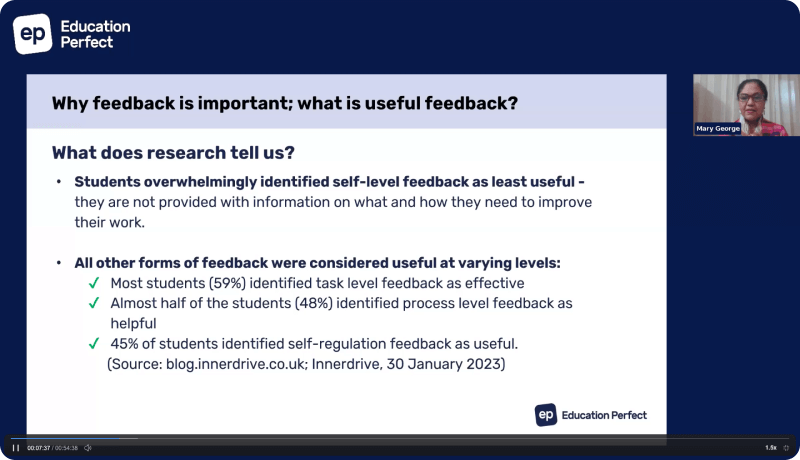How our understanding of adolescent well-being can inform our teaching.

In the evenings, as we lie supine on the Netflix echo-chamber of our living room couches, it can be difficult to fan away the ghosts of our days’ teaching efforts. We defeat the clinomaniac within us on a daily basis and do our best to engage the mysterious creatures before us only to wander home again wondering how we can do better.
Who are we teaching? What can we know about this demographic that might help us better engage with them and provide useful guidance in this, as Roland Orzabal put it, ‘Mad World.’?
The Gubernatorial World Health Organisation along with some other research bodies have gone to some lengths to help us gain insight into what is occurring in the teenage realm of modern life. Perhaps we can better know these ‘teenagers’ by taking a languid dip into the data streams and equip ourselves with a more germane empathy.
An important endeavour then is to re-examine our assumptions about modern teens. A recurring topic of public discourse in 2019 centres around the assumption that digital screen time and social media usage leads to a decrease in adolescent well-being. As with many complex issues, this is simply not conclusive and the issue is quite nuanced.
In a recent study at Oxford by Amy Orben and Andrew K. Przybylski at the Internet Institute, there was little evidence found which correlates screen time with lower levels of adolescent well-being. While more data is needed from online companies in order to determine causative factors of specific types of online activity, screen time alone does not seem to be a factor to warrant concern.
Another, all too commonly held belief, is one that social media itself is to blame for low levels of modern adolescent well being. While there is much to be concerned about, another study conducted in May of 2019 by the Department of Experimental Psychology at Oxford University concluded that:
The relations linking social media use and life satisfaction are, therefore, more nuanced than previously assumed: They are inconsistent, possibly contingent on gender, and vary substantially depending on how the data are analysed. Most effects are tiny—arguably trivial; where best statistical practices are followed, they are not statistically significant in more than half of models.”
While the study also suggests that there is much to learn about this issue it is clear that current popular opinion is fuelled more by media hype than robust science. So. It might be icky at times, but it is not a given that social media, in and of itself, is the cause of a lack of adolescent well-being. So let’s move on… (for now).
A 2019 OECD Study exploring the impacts of technology on the brain, cognition and well-being, also suggests that the quality of research on this topic is not where it needs to be. However, while their findings reinforce those of the aforementioned studies, it raises caution around the potentially negative impact on sleep with regard to before-bed media consumption. The study also recognises the implicit chicken and egg dilemma relevant to this issue:
“Do behavioural tendencies/problems predict more screen time or does screen time predict behavioural tendencies/problems?”
The report provides some important balance to the issue and shows that while not all media is created equal, moderate internet use, “can help children build rapport with their peers, and probably does not displace engaging in physical activity or other health-promoting behaviours.” (OECD)
The WHO produced a clear and worrying report in 2018 on adolescent well-being which provides some sobering facts. The most important determinants in adolescent well-being will come as no surprise. Exposure to violence, abuse and poverty in the home and/or community are far and away the biggest contributors in making adolescents vulnerable to poor mental health, depression, and thus, lack of well-being.
The report shows that depression is one of the leading causes of illness and disability among adolescents and suicide is the third leading cause of death among 10-19-year-olds. Yes. You read that correctly. The third leading cause. So while many symptoms and consequences of major factors influencing lack of well-being can manifest and worsen in online worlds, the root causes often stem from outside of those places.
Cognisant Teaching
As teachers, we can recognise these more serious factors along with the factors mentioned above, as having cumulative effects on our students’ well-being. But what can we do in response to this during our brief relationships with these young people? Facilitating the development of coping, problem-solving and interpersonal skills can go a long way to protecting students from the consequences of out-of-school causative factors. Focusing on emotional intelligence and providing a supportive environment at school is pertinent to the feeling of well-being among our students. These personal skills are starting to be recognised in various curricula. The Australian Curriculum, for example, details 7 core competencies; three of which are: Personal and Social Capability, Ethical Understanding and Intercultural understanding. Teachers can address how these skills are relevant to the utilitarian aspect of their subjects.
Of the 10-20% of adolescents who have undiagnosed mental health problems (WHO) the signs of poor mental health can go unrecognised, so perhaps educators need to have access to more information and professional training in this area. Increasing our awareness of symptoms of poor mental health might help with more impactful differentiation and personalised learning for example.
Most teachers are compassionate, affable people who care dearly for their students but given that workloads and expectations thrust upon them are often gargantuan. Perhaps we could do with checking in from time to time on the data and science which lends some insight about who our students are, and what they are experiencing outside of our classrooms.
They face a myriad of issues on a daily basis which do not wait patiently outside our classroom doors and so perhaps one of the most important aspects of our teaching, administrative policies and school governance, is ensuring the context of our pedagogical delivery is rooted in their reality.
How has your awareness of student well-being impacted your teaching?




